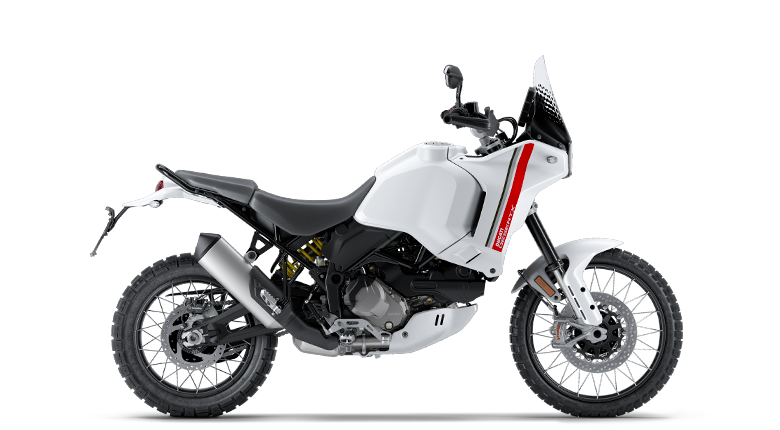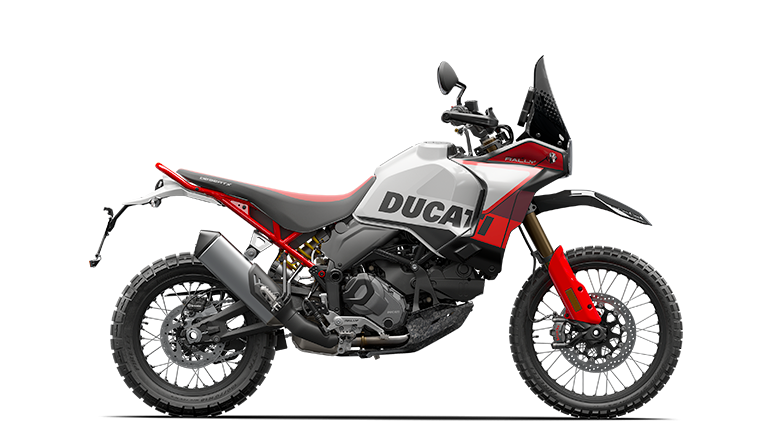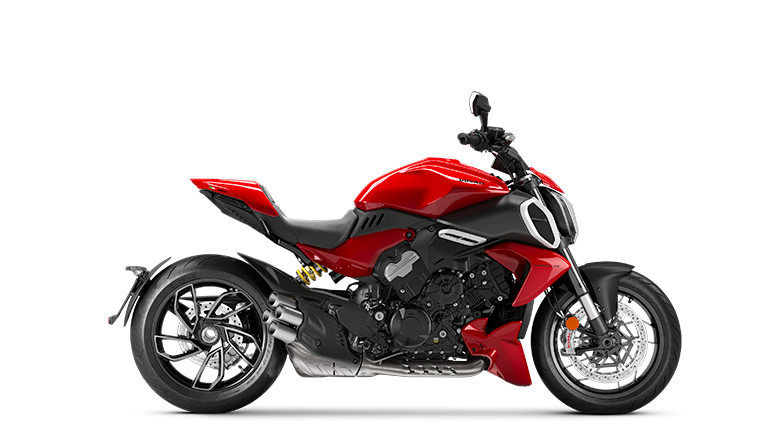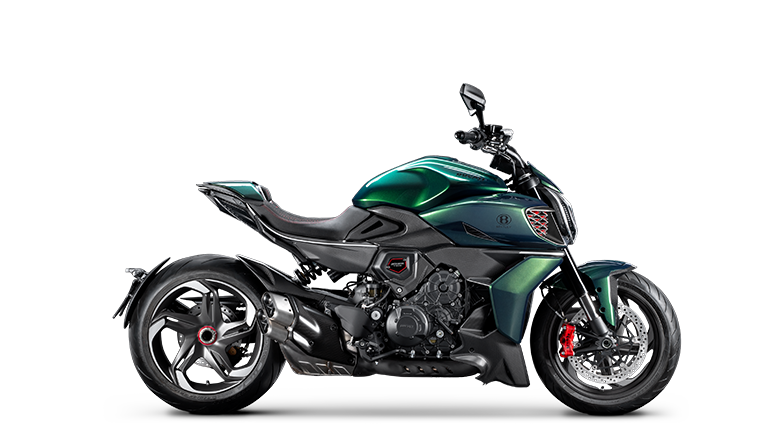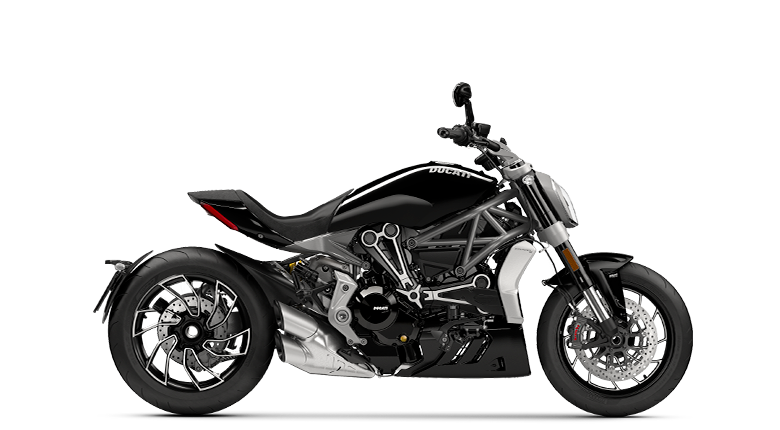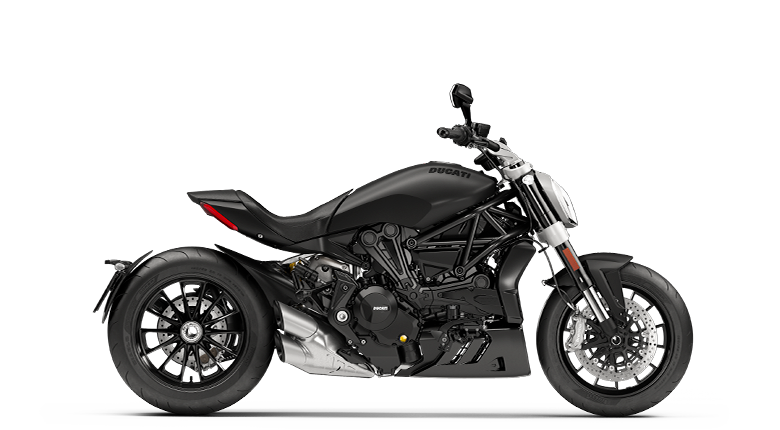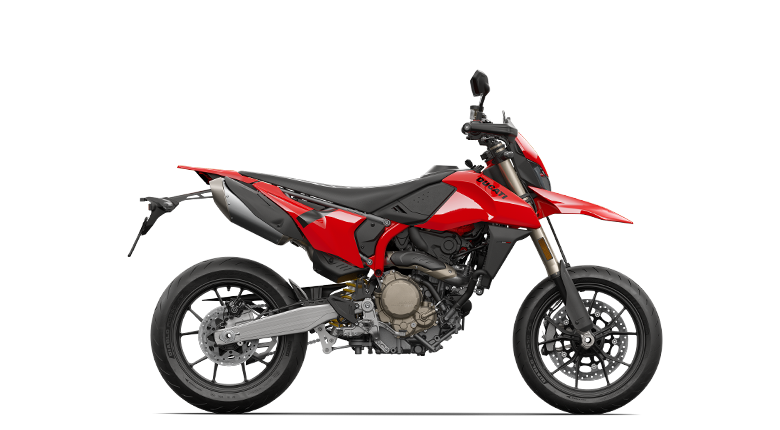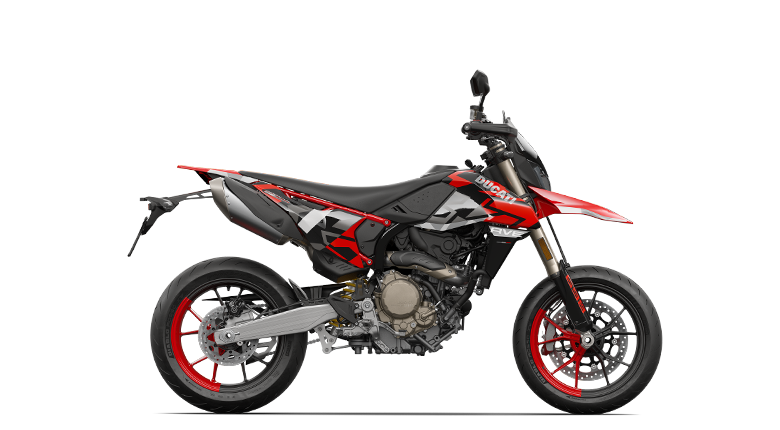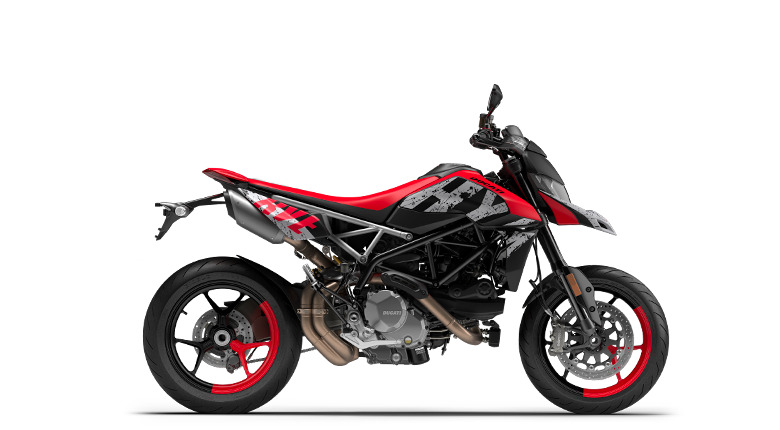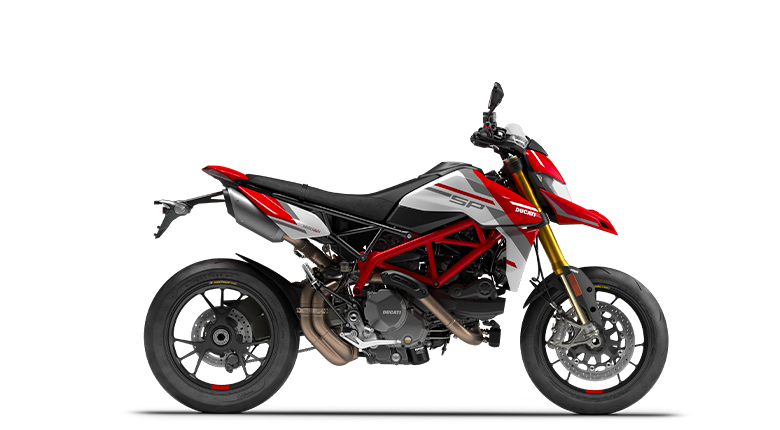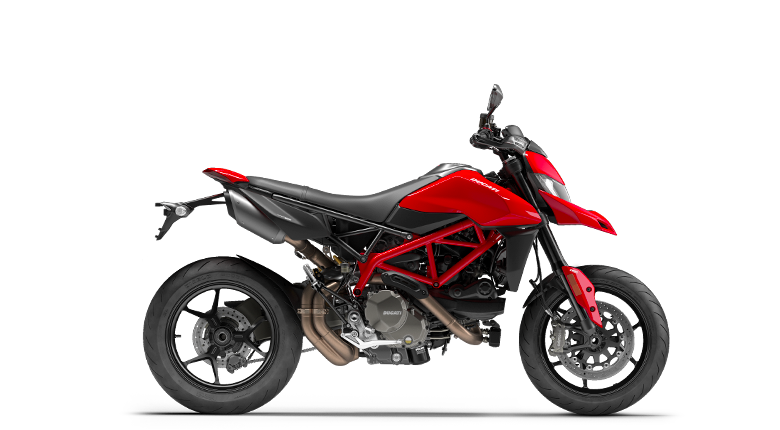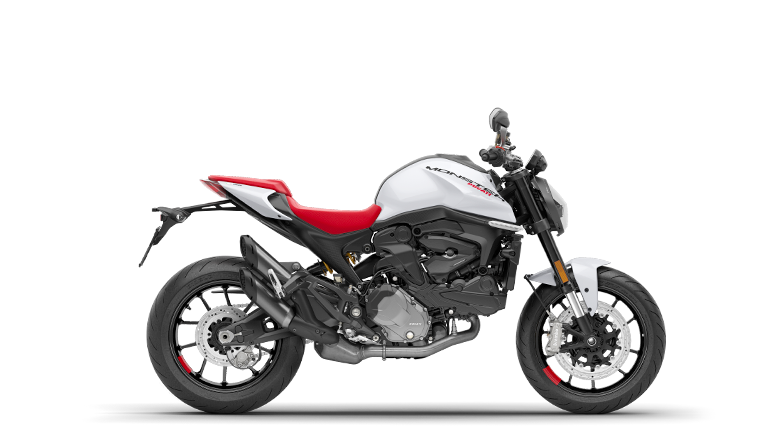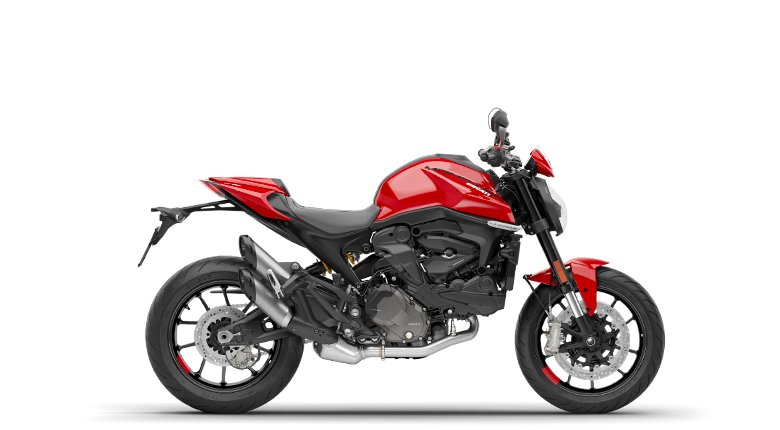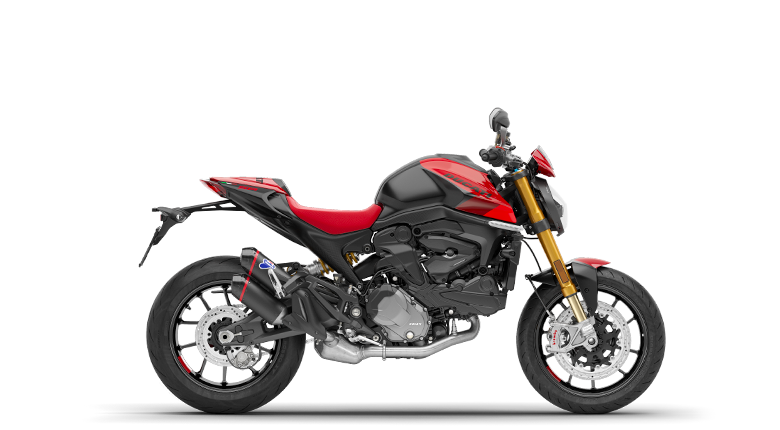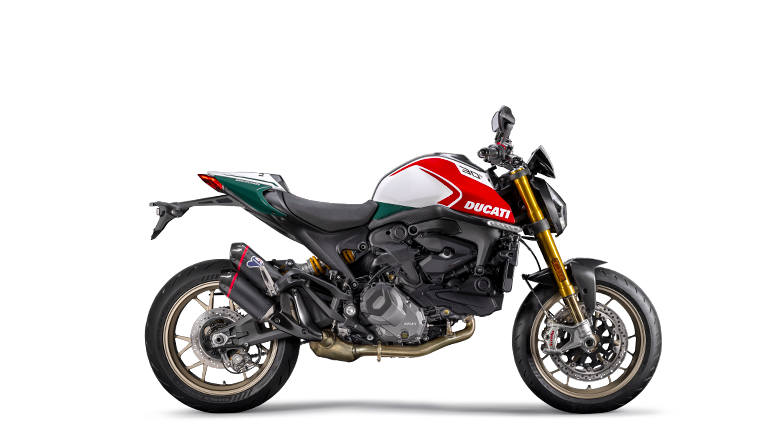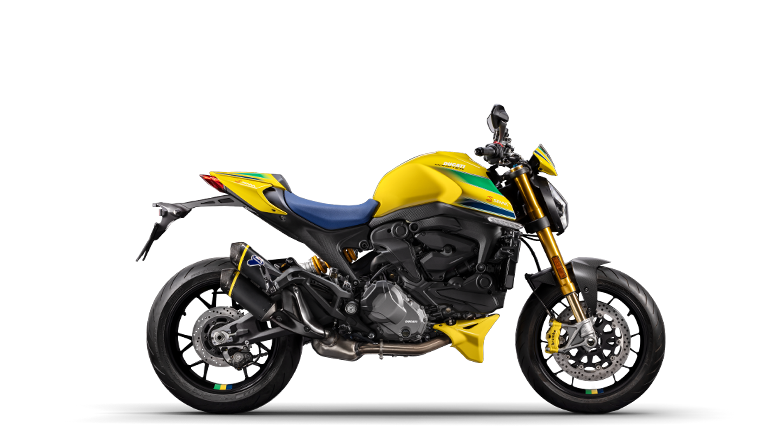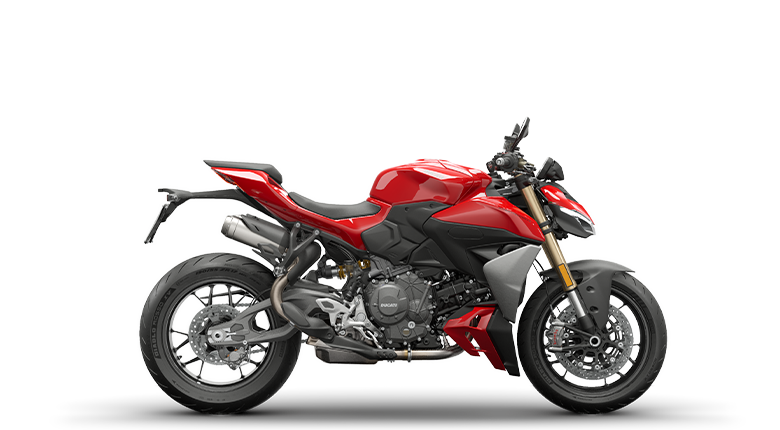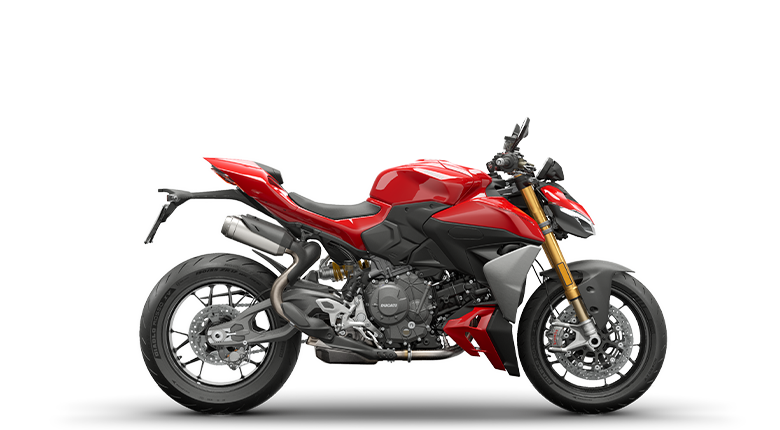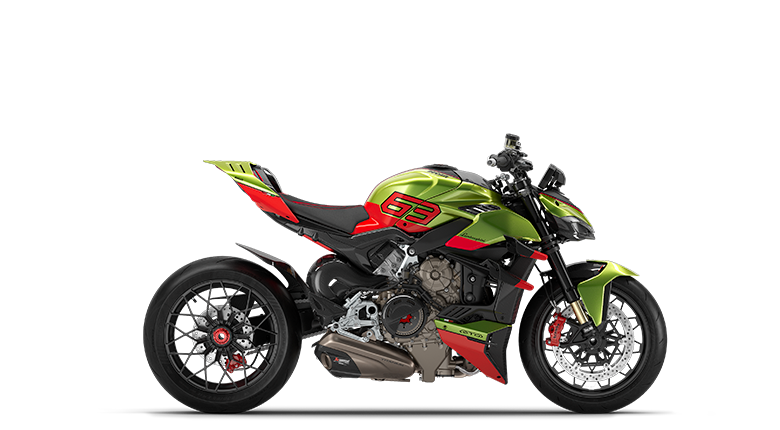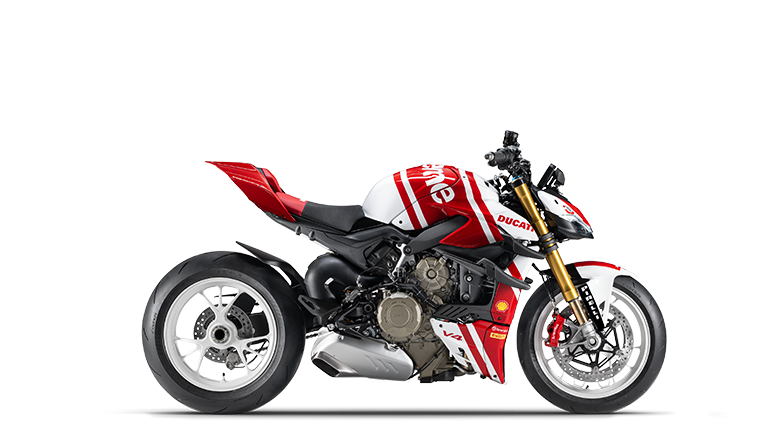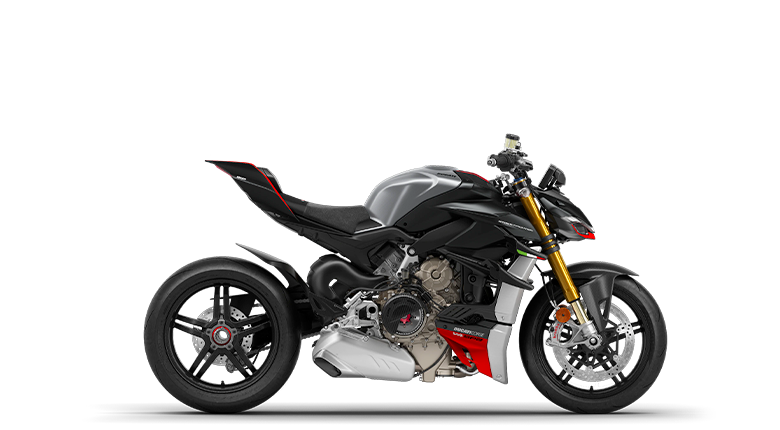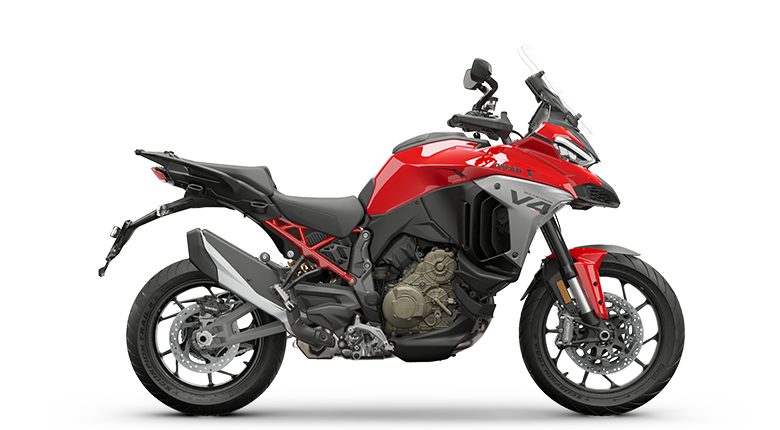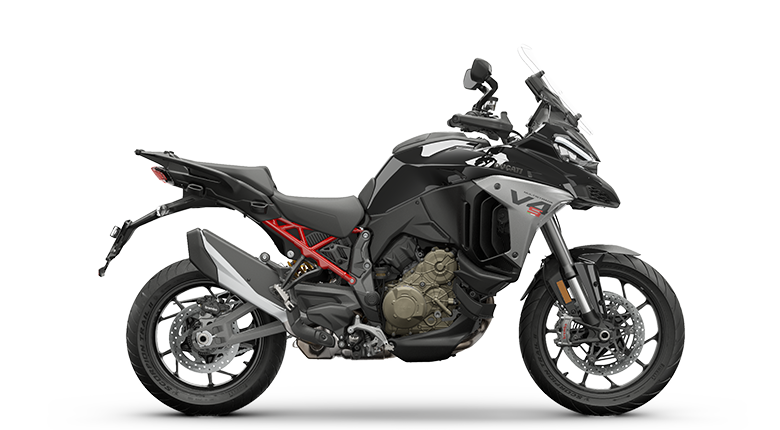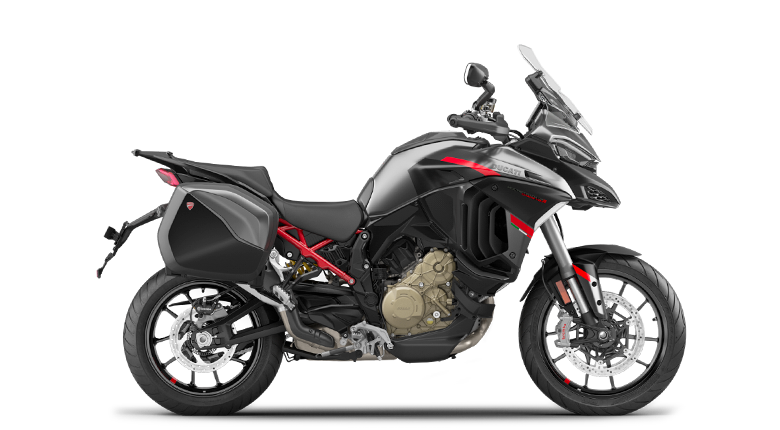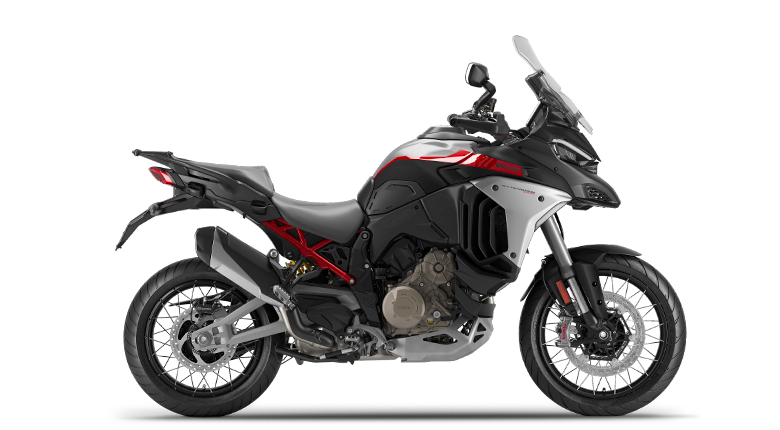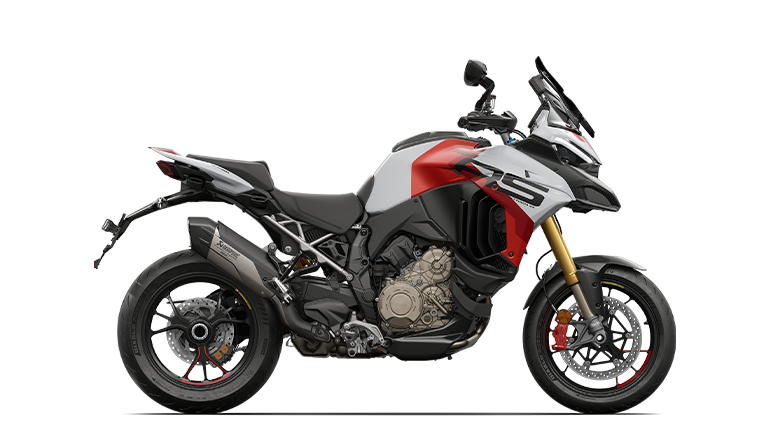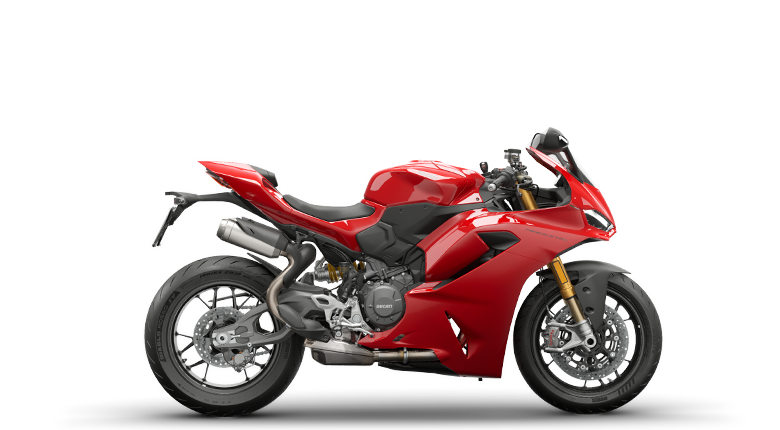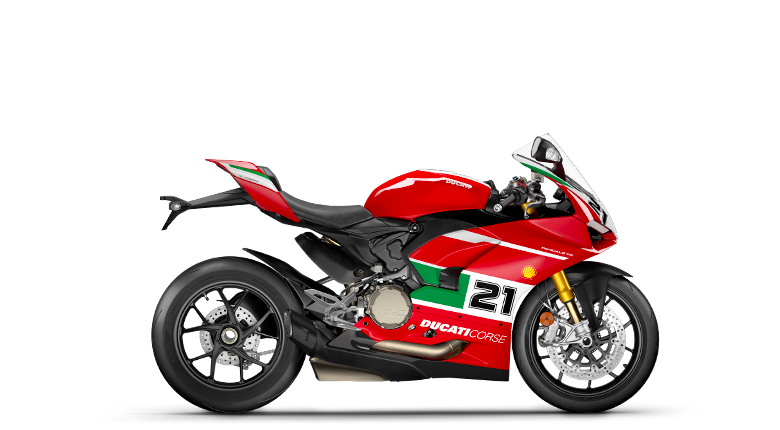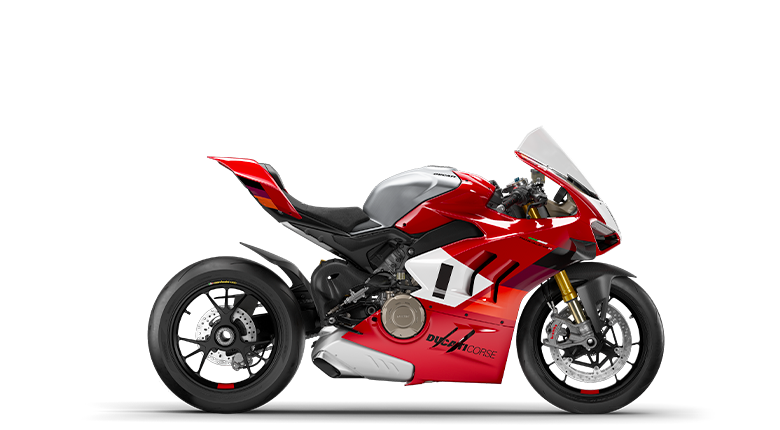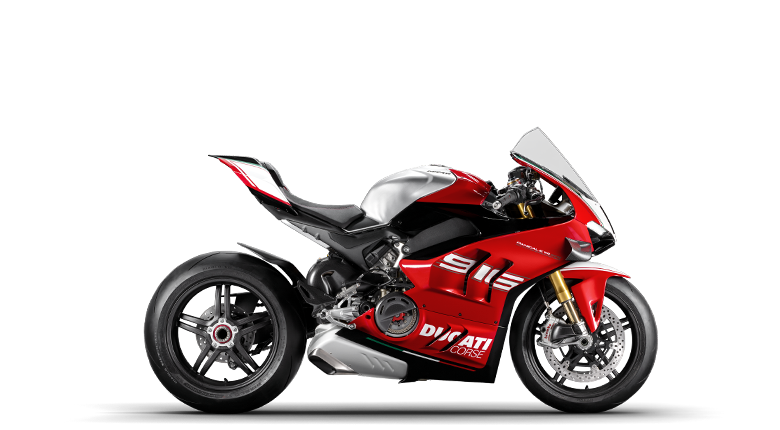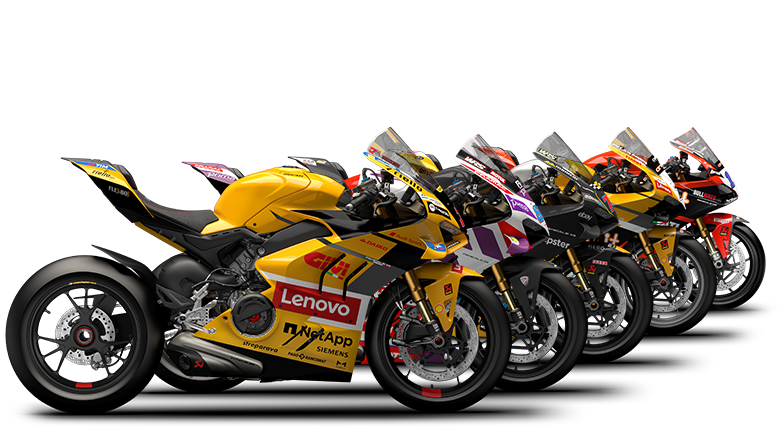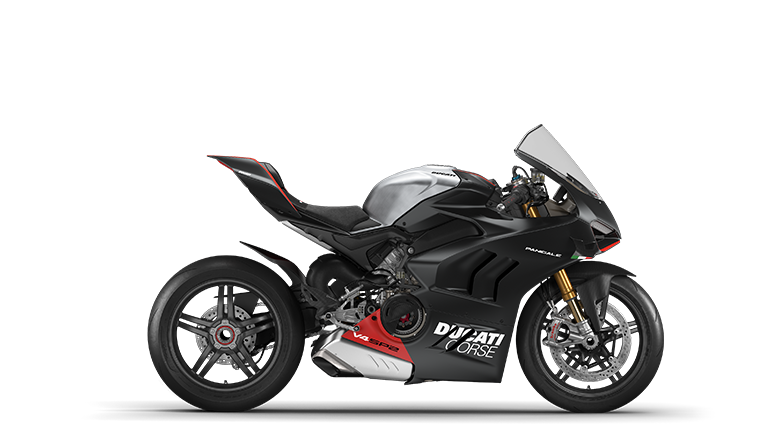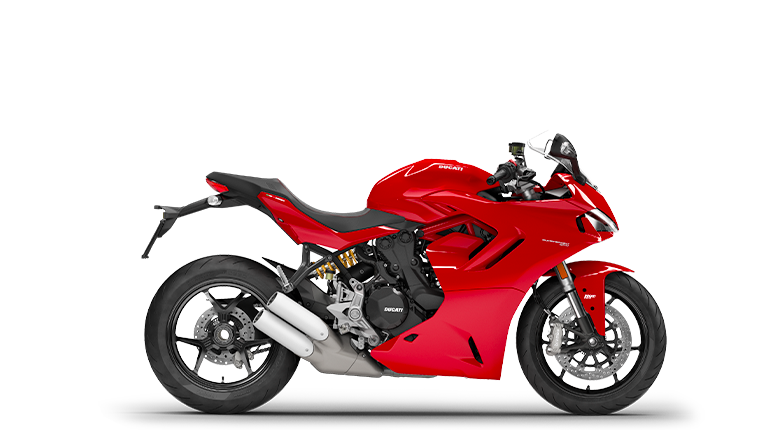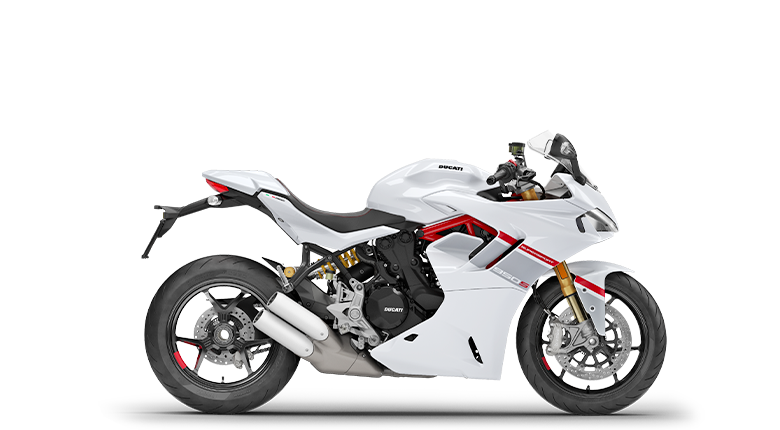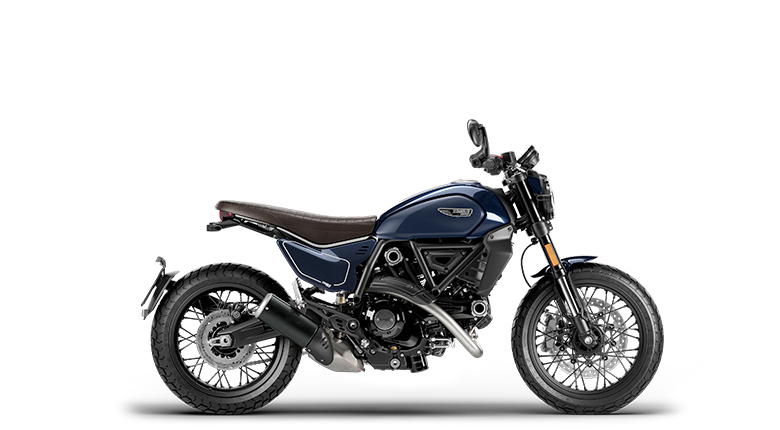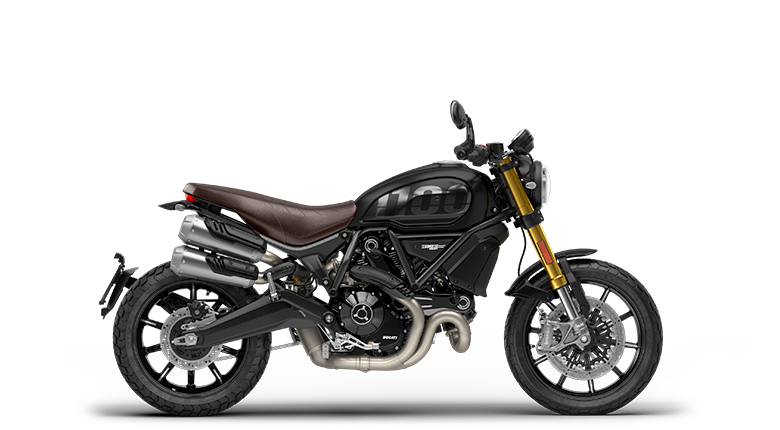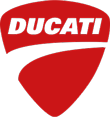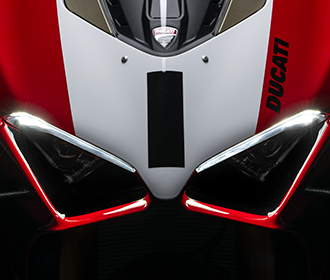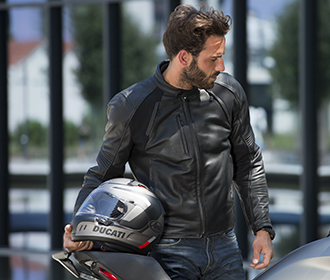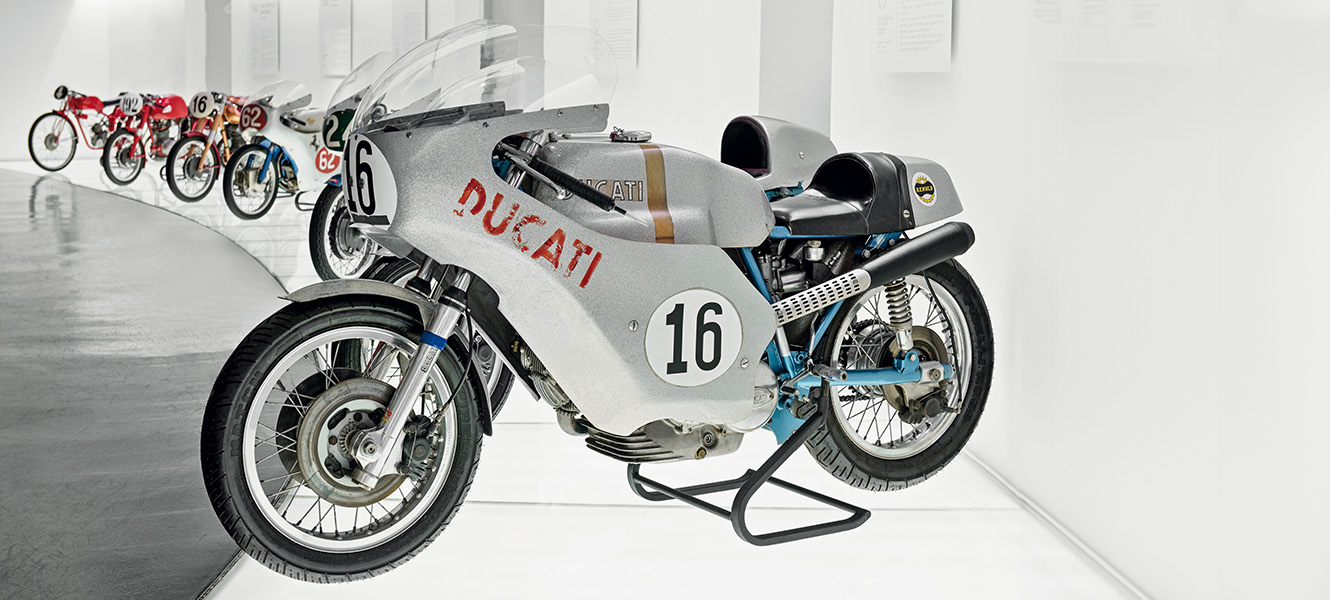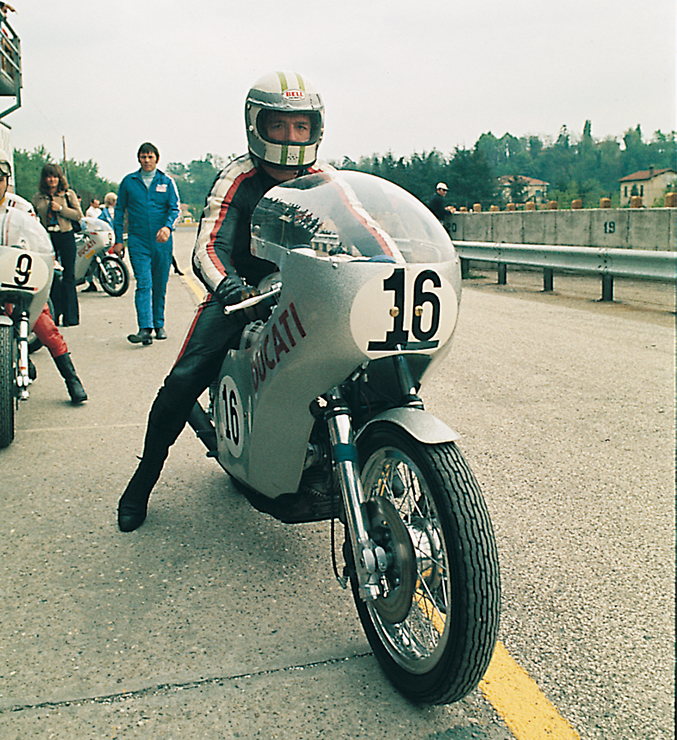750 Imola Desmo
One of the most important wins for Ducati was also one of the least expected. In 1972 Fabio Taglioni designed the 750 Imola Desmo, which derived from the 750 GT but was powered by an L-shaped twin-cylinder engine with desmodromic timing.
In addition to its metallic colour scheme, all the rage in the 70s, the 750 Imola Desmo was specifically prepared to compete in the Imola 200 Miles. Since the Italian track ran in an anti-clockwise direction, Ducati decided to mount the exhausts asymmetrically, to prevent any contact with the asphalt through the many left-hand turns.
This proved to be a winning decision as Ducati took to the track on 23 April 1972 with British rider Paul Smart and Bruno Spaggiari. Up against big names including Giacomo Agostini, it was the Borgo Panigale riders who reigned supreme.
|
|
|
|---|---|
|
Displacement |
747,95 cc |
|
Maximum power |
82 hp at 9000 rpm |
|
Maximum speed |
250 km/h |
|
Dry weight |
163 kg |
It is impossible to forget that iconic last lap. Bruno Spaggiari was leading the race but ran out of fuel, leaving Paul Smart to cross the line first and celebrate his birthday by winning the Imola 200 Miles.
Paul Smart powered the 750 Imola Desmo to victory while Bruno Spaggiari finished second, rounding out this Ducati success, in what is still remembered as one of the most exciting races of all time.
Countless pages have been dedicated to that incredible last lap, which saw Smart and Spaggiari side by side almost to the line; but little is said about how this race changed the destiny of the Borgo Panigale manufacturer. The Imola victory determined the approach Ducati would take to racing from then on, with an almost exclusive focus on machines deriving from production models.

The road and race bikes that have made Ducati history over the years.
 日本
日本
 DesertX
DesertX Diavel
Diavel
 XDiavel
XDiavel Hypermotard
Hypermotard
 Monster
Monster Streetfighter
Streetfighter Multistrada
Multistrada Panigale
Panigale SuperSport
SuperSport
 Scrambler
Scrambler OFF-ROAD
OFF-ROAD
 LIMITED SERIES
LIMITED SERIES

